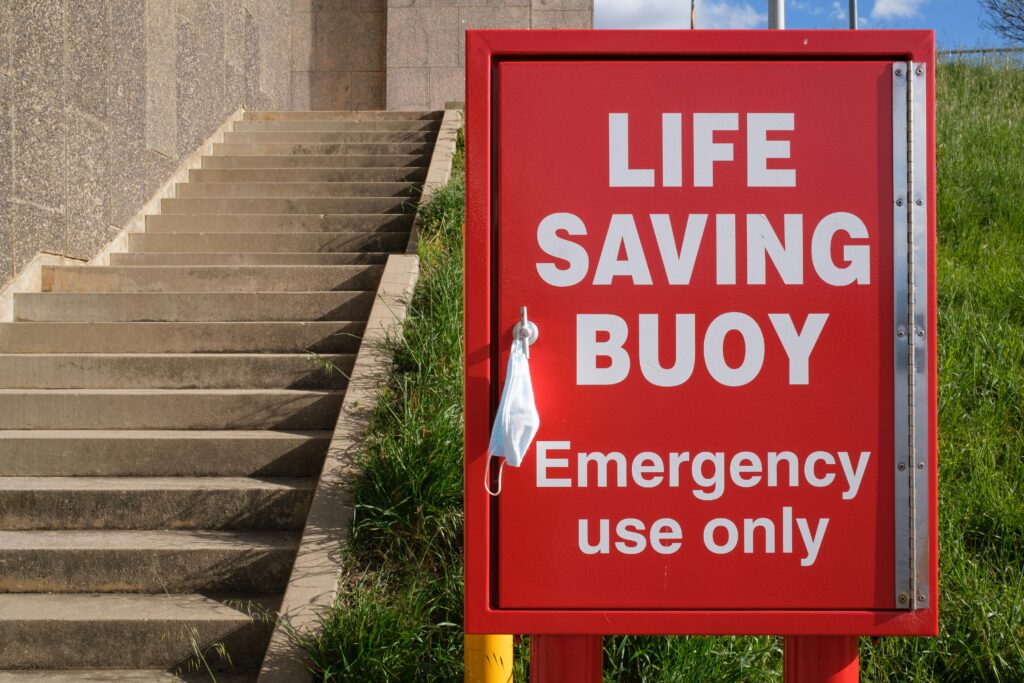Ever stood at the base of a climbing wall, only to realize your belay device doesn’t work with your rope? Yeah, us too. That sinking feeling when you’re stuck mid-climb because your gear isn’t compatible is something no climber should experience.
In this guide, we’ll delve into everything you need to know about belay device compatibility, ensuring that your next climb is both safe and seamless. You’ll learn how to pick the right device for your rope, understand key compatibility factors, and even explore real-world examples from seasoned climbers. Ready to level up? Let’s get started.
Table of Contents
Key Takeaways
- Belay device compatibility ensures safety and performance when climbing.
- Rope diameter and type are critical factors in matching devices to your gear.
- Regularly checking equipment specifications prevents mishaps.
- Veteran climbers recommend testing setups before committing to big climbs.
Why Belay Device Compatibility Matters?
I once witnessed a climber nearly drop her partner because her auto-locking belay device wasn’t designed for the skinny ropes they were using. Yep, you read that right—nearly dropped. It was chaos out there, folks. Thankfully, everyone walked away unscathed, but the incident underscored just how crucial proper belay device compatibility can be.
Belay devices come in all shapes and sizes, each engineered for specific types of ropes and climbing styles. Whether it’s sport climbing, trad climbing, or indoor gym sessions, finding a match between your rope and belay tool could mean the difference between success and disaster. So yeah, take my word for it—this stuff matters more than your Instagram feed during a send day.

How to Choose the Right Belay Device
Optimist You: “This process will be easy—I’ll pick the best one!”
Grumpy You: “Ugh, fine—but only if coffee’s involved.”
Choosing the perfect belay device isn’t rocket science, though it may feel like deciphering hieroglyphics at first glance. Here’s what you need to consider:
- Rope Diameter: Most belay devices specify compatible rope ranges (e.g., 8.5mm – 11mm). Always double-check this range against your current or planned rope choice.
- Climbing Style: Sport climbers might prefer simple tube-style devices, while alpinists often lean toward lightweight assisted-braking models.
- Device Features: Does it offer smooth feeding? Adjustable friction settings? These minor details add up over time.

Tips for Ensuring Compatibility
If there’s one terrible tip floating around climbing forums, it’s this: “Any device works as long as you know how to use it.” Spoiler alert: This is dumb advice. Not every device is created equal, and forcing mismatched gear together is asking for trouble. Instead, follow these golden rules:
- Consult manufacturer guidelines religiously. Yes, even if reading them feels painful.
- Practice rigging and unrigging new devices on flat ground—not halfway up El Capitan.
- Swap old gear regularly; worn-out components can throw off compatibility too.
Real-Life Case Study: When Compatibility Saves Lives
Meet Sarah T., an avid rock climber who swears by her Grigri 2. During a multi-pitch route last summer, she accidentally grabbed a friend’s borrowed ATC instead of her usual device. Halfway through rappelling, the thin rope slipped unpredictably due to poor compatibility—a stark reminder that not all tools suit every rope size. Since then, she’s become evangelistic about matching gear perfectly. Pro tip: Be like Sarah, not *borrowing Sarah.*

FAQs About Belay Devices
- Can I use my ATC Guide with any rope? No, most ATCs have specified rope diameter limits (usually 7.7mm–11mm).
- Is weight really a factor in choosing a belay device? Absolutely! Lightweight options shine on longer routes but sacrifice some control. Balance is key.
- What happens if I force incompatible gear? Poor braking performance, slippage risks, or outright refusal to lock properly—none good.
Wrapping Up: Your Climbing Gear Checklist
So here’s the gist: Understanding belay device compatibility is non-negotiable for any serious climber. By pairing your ropes and devices correctly, you minimize risks and maximize fun. Don’t trust me? Trust physics—it’s always watching.
“Your belay setup is like peanut butter and jelly. Mix wrong, and suddenly nobody’s having fun.” – Anonymous Climber
Before you go tying knots everywhere, remember: Stay smart, stay prepared, and keep your gear dialed in. Happy climbing!
P.S. Remember Tamagotchis? Well, think of your climbing gear like those little digital pets: They thrive on attention and die without care. Feed yours well.


